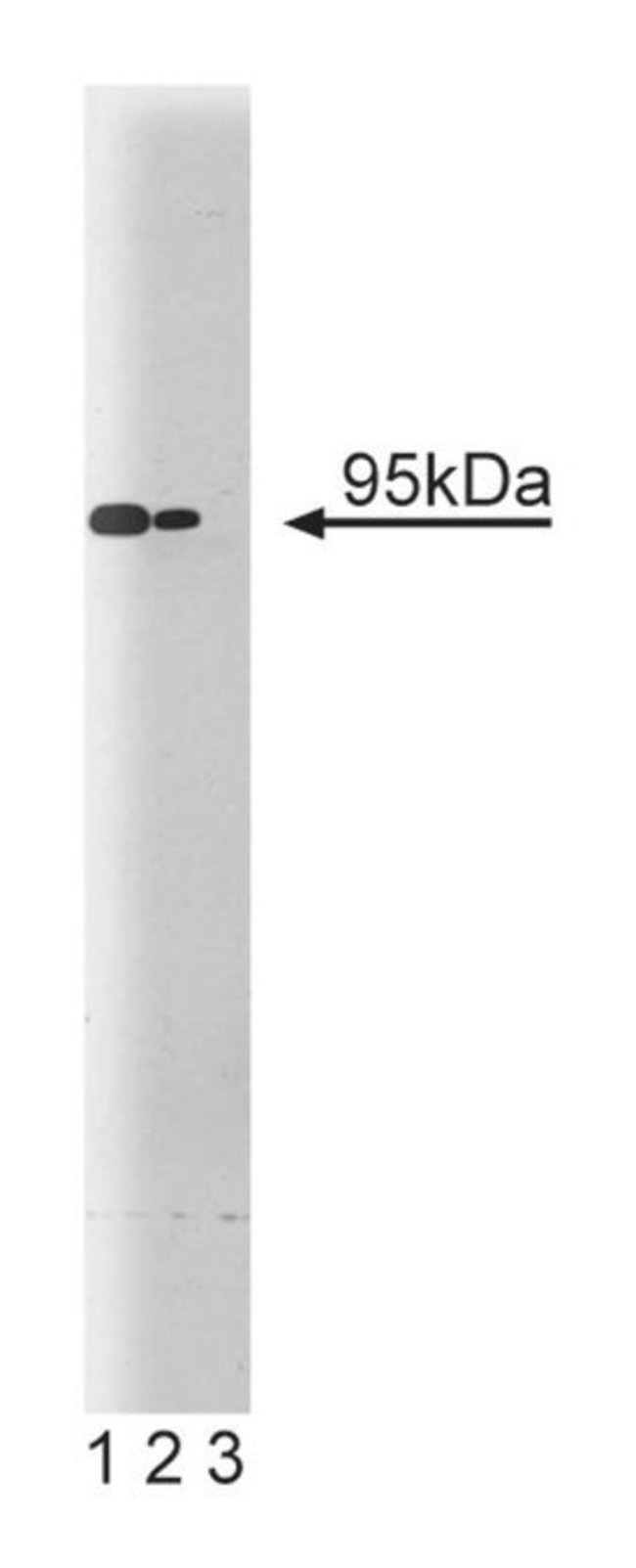CD220 Mouse, Unlabeled, Clone: 46, BD, Mouse Monoclonal Antibody, Each

Details:
Insulin Receptor (IR) is a transmembrane receptor tyrosine kinase which, upon insulin binding, initiates a cascade of events, including autophosphorylation, phosphorylation of cellular protein substrates, glucose transport, and glycogen synthesis. IR is synthesized as a large glycosylated precursor that is cleaved upon maturation into a 130kDa α-subunit with kinase activity and a 95kDa β-subunit. The active Insulin Receptor is a heterotetramer of homologus α and β subunits joined by disulfide bonds. Among the major cytosolic substrates of the Insulin Receptor are IRS-1 and -2, β-Adrenergic receptor, and pp15 (adipocyte lipid-binding protein, ALBP). Autophosphorylation of the IR recruits IRS-1 and -2 to the phosphotyrosines. Subsequently, the phosphorylated IRS-1 and -2 act as docking sites for other signaling proteins like PI3-Kinase, Shc, PTP1D, Nck, etc. In addition, the phosphatase LAR is tightly associated with the IR and LAR becomes activated after insulin stimulation dephosphorylating the IR and its substrates. Therefore, LAR provides a turn-off mechanism in insulin signaling.Host Species: MouseClone: 46Isotype: IgG1Species Reactivity: MouseImmunogen: Human Insulin pro-receptor β subunit 1006-1144Formula Weight [Chemical]: 95kDaImmunofluorescence, Immunoprecipitation, Western Blotting
Additional Information
| SKU | 10134776 |
|---|---|
| UOM | Each |
| UNSPSC | 12352203 |
| Manufacturer Part Number | 610109 |
